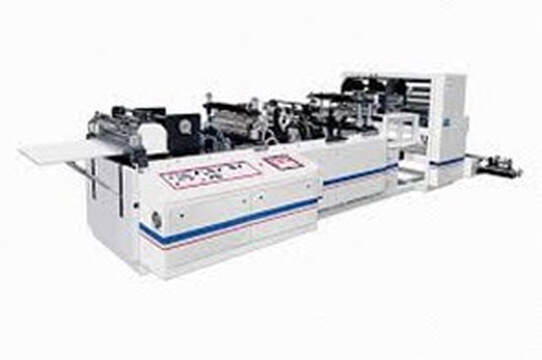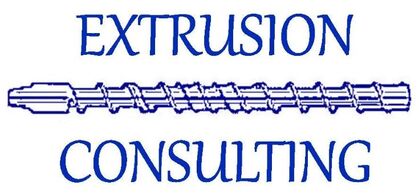April 30, 2022
Resin Controls and Rheology
Resin Controls and Rheology
With the continuously increasing tight tolerances and physical requirements for extrusions utilized in medical devices, especially for catheters, tighter resin controls should be considered. Extrusions for neurovascular extrusions (as an example) are pushing towards smaller diameter, thinner walled extrusions with tighter (0.005-inch or less) tolerance requirements. Various properties of resins (and compounds) can be monitored for both composition compliance, cleanliness, and physical properties. However, one attribute of polymers often overlooked is the molecular weight distribution (MWD) and average molecular weight (AMW) values, which have a direct influence on the final product and flow properties during manufacturing (extrusion).
How about an incoming inspection requirement for the resin to be a ‘round white pellet in an undamaged bag’? Or a situation where product (in this case balloon tubing) shipped to the customer that did not perform. Additional extrusions with the same resin lot did not resolve what was initially thought to be a bad/poor extrusion, and the problem was only solved with a new resin lot. However, there was no follow up investigation to determine future controls.
This is also relatable to the MWD and AMW of the specific resin lot, which is directly related (has an influence) to the rheological properties of the resin. Rheological characterization allows for easier evaluation of resins then than molecular weight characterization which requires wet chemistry expertise (Gel Permeation Chromatography, or GPC). A capillary rheometer is easy to run and inexpensive.
Resin manufacturers have minimal control over resin rheological properties during polymerization, and typically do not supply the kind of rheological data necessary. Additionally, because typical medical extrusion houses do not consume tens of thousands of pounds of resin annually, they have little control over what rheological properties (typically melt index or intrinsic viscosity) are available. I have seen a situation where a validation was completed on a urethane, defining a melt index range, only to discover the vendor could and would not supply in the range of the previously acquired (validated) lots.
Extrusion validations are often not based on multiple resin lots, due to inability to acquire multiple lots, time constraints and costs to name a few. Though an extrusion range is often validated taking into consideration temperatures and line speeds, often big shifts in rheological properties may push the process to the validation limits (usually temperatures) and impact tubing extrudability and performance. Often, due to lot-to-lot variations in the resin from the vendor/supplier, each new lot goes through a revalidation, basically redefining the extrusion conditions to achieve product specifications.
Typically resin specifications depend on the vendor certs (C of C’s), which seldom report on much more than a melt index or intrinsic viscosity value. These are typically single point measurements and do not give a good picture of the flow properties variations from lot to lot. An evaluation of a resin over 2-3 decades of shear rate in the range of extrusion shears, which is achievable with a capillary rheometer with a good volume chamber, tells a much more detailed story of lot variations. Not only will data show shifts in curves lot to lot, which may hint to a molecular weight distribution shift, which in turn will have an impact on the product’s physical properties.
How about an incoming inspection requirement for the resin to be a ‘round white pellet in an undamaged bag’? Or a situation where product (in this case balloon tubing) shipped to the customer that did not perform. Additional extrusions with the same resin lot did not resolve what was initially thought to be a bad/poor extrusion, and the problem was only solved with a new resin lot. However, there was no follow up investigation to determine future controls.
This is also relatable to the MWD and AMW of the specific resin lot, which is directly related (has an influence) to the rheological properties of the resin. Rheological characterization allows for easier evaluation of resins then than molecular weight characterization which requires wet chemistry expertise (Gel Permeation Chromatography, or GPC). A capillary rheometer is easy to run and inexpensive.
Resin manufacturers have minimal control over resin rheological properties during polymerization, and typically do not supply the kind of rheological data necessary. Additionally, because typical medical extrusion houses do not consume tens of thousands of pounds of resin annually, they have little control over what rheological properties (typically melt index or intrinsic viscosity) are available. I have seen a situation where a validation was completed on a urethane, defining a melt index range, only to discover the vendor could and would not supply in the range of the previously acquired (validated) lots.
Extrusion validations are often not based on multiple resin lots, due to inability to acquire multiple lots, time constraints and costs to name a few. Though an extrusion range is often validated taking into consideration temperatures and line speeds, often big shifts in rheological properties may push the process to the validation limits (usually temperatures) and impact tubing extrudability and performance. Often, due to lot-to-lot variations in the resin from the vendor/supplier, each new lot goes through a revalidation, basically redefining the extrusion conditions to achieve product specifications.
Typically resin specifications depend on the vendor certs (C of C’s), which seldom report on much more than a melt index or intrinsic viscosity value. These are typically single point measurements and do not give a good picture of the flow properties variations from lot to lot. An evaluation of a resin over 2-3 decades of shear rate in the range of extrusion shears, which is achievable with a capillary rheometer with a good volume chamber, tells a much more detailed story of lot variations. Not only will data show shifts in curves lot to lot, which may hint to a molecular weight distribution shift, which in turn will have an impact on the product’s physical properties.
Tubing property failure analysis often will hint to resin changes as a potential cause. Analysis should include molecular weight studies (GPC) from lot to lot as well as virgin to samples from the final product to look for shifts. Performing incoming rheology to develop a database and linking this all together will prevent the acceptance of resins lots that will result in lost time. Once rheological data is acquired for each lot of resin received it can be, over time, be an indicator of processing and product variations
© Copyright Extrusion Consulting, Inc., 2022. All rights reserved.

